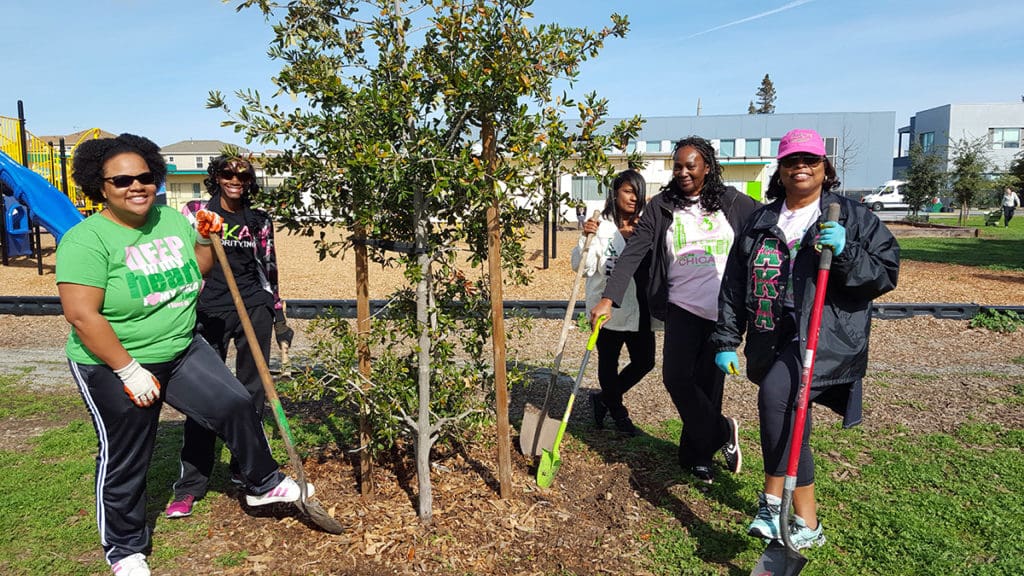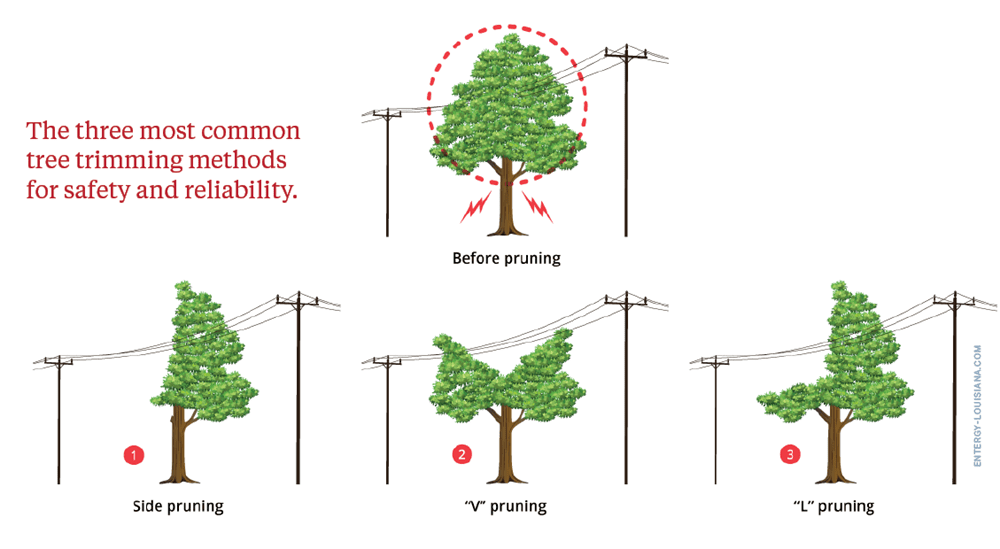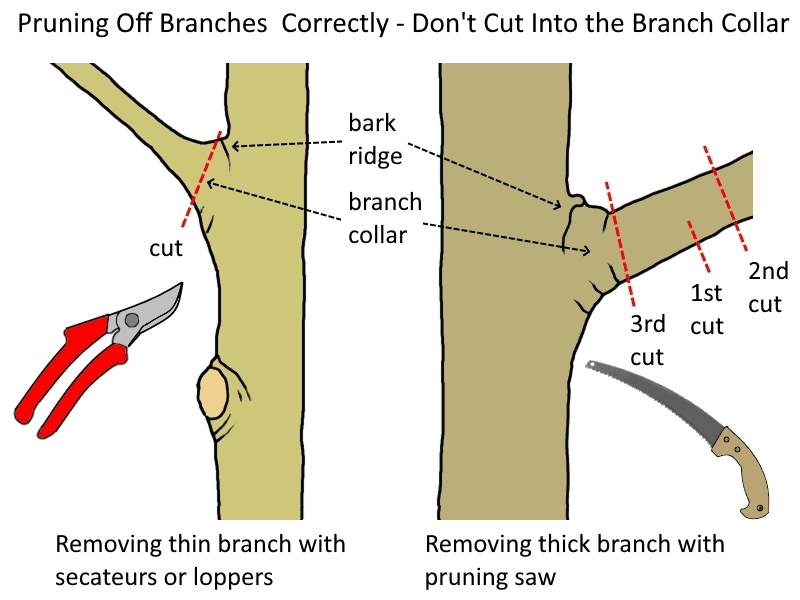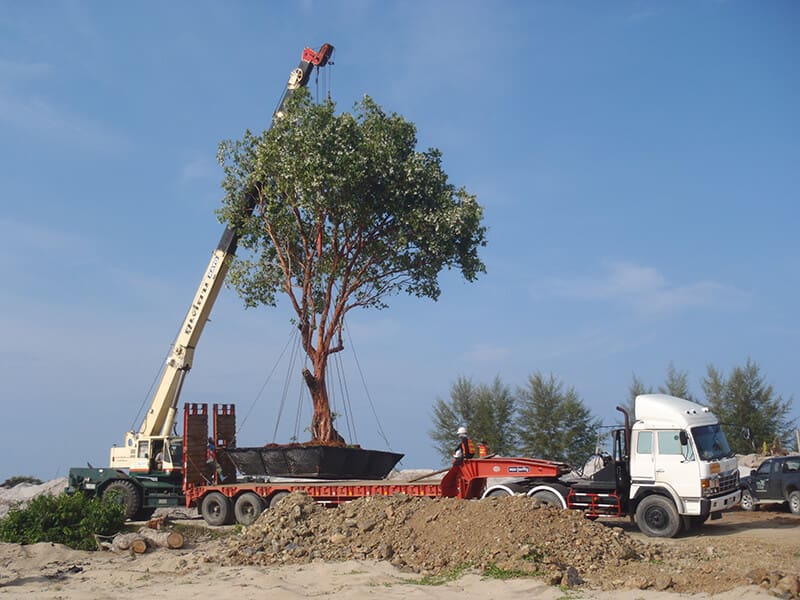Tree Health and Maintenance
10 Best Strategies to Prevent Tree Diseases


As an arborist, I’ve witnessed the devastating effects of tree diseases firsthand. That’s why I’m excited to share with you the 10 best strategies to prevent these ailments.
From proper tree selection and placement to regular inspections and monitoring, these techniques will ensure the health and longevity of your trees.
By implementing these practices, you’ll create a thriving ecosystem where your trees can flourish.
So let’s dive in and discover how to protect our beloved trees from diseases!
Proper Tree Selection and Placement
When selecting and placing trees, I consider their specific needs and the conditions of the site to ensure optimal health and prevent tree diseases.
It’s crucial to choose tree species that are well-suited to the climate and soil conditions of the site. Different trees have different requirements for sunlight, moisture, and soil pH levels. By understanding these requirements, I can create an environment where the trees can thrive.


Additionally, I take into account the spacing between trees to avoid overcrowding, which can lead to competition for resources and increased susceptibility to diseases. Proper tree placement also involves considering factors such as proximity to buildings, power lines, and other structures to prevent potential hazards and damage.
Regular Tree Inspections and Monitoring
To ensure the optimal health and prevent tree diseases, I regularly conduct inspections and monitor the condition of the trees in my care.
Regular tree inspections are essential in identifying any signs of disease or stress early on, allowing for prompt treatment and prevention of further spread.
During these inspections, I carefully examine the foliage, branches, and trunk for any abnormalities such as discoloration, lesions, or signs of insect infestation.
Additionally, I assess the overall vigor and growth patterns of the trees, looking for stunted or excessive growth, as these can indicate underlying health issues.
Implementing Proper Watering Practices
During my tree care practices, I ensure the optimal health and prevent tree diseases by implementing proper watering practices. Watering plays a crucial role in maintaining the health of trees and preventing diseases. Here are three key points to consider when implementing proper watering practices:
- Water deeply and infrequently: It’s important to water the trees deeply, allowing the water to penetrate the soil and reach the roots. This encourages the development of a deep root system, making the tree more resilient to diseases.
- Water at the right time: Watering early in the morning or late in the evening helps to minimize water loss due to evaporation. It also allows the tree to absorb the water more efficiently, ensuring that it reaches the roots where it’s needed the most.
- Avoid overwatering: Overwatering can lead to root rot and other diseases. It’s essential to monitor the moisture level of the soil and adjust the watering accordingly.
Implementing proper watering practices is just one aspect of maintaining tree health and preventing diseases. Now let’s explore the importance of pruning for tree health and disease prevention.


Pruning for Tree Health and Disease Prevention
As a tree care practitioner, I rely on pruning as an essential method to maintain tree health and prevent diseases.
Pruning involves the selective removal of specific parts of a tree, such as branches, buds, or roots, to promote tree growth, enhance structural integrity, and prevent the spread of diseases.
Regular pruning can help remove dead, damaged, or diseased branches, preventing them from becoming entry points for pathogens. It also improves air circulation and sunlight penetration within the tree canopy, reducing the risk of fungal infections.
Additionally, pruning can help shape the tree, preventing overcrowding and competition between branches. Proper pruning techniques, such as making clean cuts and avoiding excessive pruning, are crucial to minimize stress on the tree and optimize its health.
Maintaining Healthy Soil Conditions
How can I ensure healthy soil conditions to prevent tree diseases?
Maintaining healthy soil conditions is crucial for the overall health of trees and their ability to resist diseases. Here are three key strategies to achieve this:
- Proper drainage: Ensuring that the soil has good drainage is essential. Excess water can lead to root rot and other fungal diseases. Avoid overwatering and improve drainage by adding organic matter such as compost or mulch.
- Balanced pH levels: Soil pH affects nutrient availability and microbial activity. Conduct a soil test to determine the pH and adjust it if necessary. Most trees prefer a slightly acidic to neutral pH range of 6.0 to 7.0.
- Nutrient-rich soil: Trees require essential nutrients for healthy growth and disease resistance. Regularly fertilize the soil with a balanced slow-release fertilizer to provide necessary nutrients. Additionally, consider adding organic matter to improve soil fertility.
By implementing these strategies, you can create optimal soil conditions that promote tree health and reduce the risk of diseases.


Now, let’s delve into implementing proper tree nutrition and fertilization.
Implementing Proper Tree Nutrition and Fertilization
To implement proper tree nutrition and fertilization, I regularly assess the nutrient needs of my trees and provide them with appropriate fertilizers. By understanding the specific nutritional requirements of each tree species, I can ensure their optimal growth and health.
To begin, I conduct soil tests to determine the existing nutrient levels and pH balance. This information helps me select the right fertilizers that will address any deficiencies or imbalances.
I apply fertilizers in a controlled manner, considering factors such as tree age, size, and stage of growth. Slow-release fertilizers are often used to provide a steady supply of nutrients over time.
Additionally, I incorporate organic matter, like compost or mulch, into the soil to improve its structure and nutrient content.
Regular monitoring and adjustment of the fertilization program ensure that my trees receive the necessary nutrients to thrive and resist diseases.
Controlling Pests and Insects Effectively
When it comes to controlling pests and insects effectively, there are several strategies that can be employed.


Natural pest control methods, such as introducing predator insects or using organic insecticides, can help minimize pest populations.
Integrated Pest Management (IPM) is another effective approach that combines multiple pest control techniques to achieve long-term pest suppression.
Early pest detection through regular monitoring and inspection is crucial for prompt intervention and prevention of further damage.
Natural Pest Control
One effective way to control pests and insects naturally is by using a combination of organic repellents and biological controls. By utilizing these methods, we can effectively manage pest populations without relying on harmful chemicals.
Here are three key strategies for natural pest control:
- Organic Repellents: Natural substances like neem oil, garlic, and peppermint can act as repellents, deterring pests from infesting trees. These repellents are safe to use and don’t harm beneficial insects or the environment.
- Biological Controls: Introducing beneficial insects, such as ladybugs and lacewings, can help control pest populations. These insects prey on pests, reducing their numbers and preventing damage to trees.
- Crop Rotation and Companion Planting: By rotating crops and planting pest-repellent plants alongside trees, we can disrupt pest lifecycles and create a diverse ecosystem that naturally controls pests.
Using these natural pest control methods promotes a healthy and balanced environment for trees. Transitioning into the next section, we’ll explore the concept of integrated pest management and its benefits.
Integrated Pest Management
Continuing from our previous discussion on natural pest control, I’ve found that an effective approach to controlling pests and insects is through the implementation of integrated pest management techniques.


Integrated pest management (IPM) is a holistic approach that combines various strategies to minimize the impact of pests and insects on trees. It involves the use of both chemical and non-chemical methods to achieve long-term pest control.
These methods include the identification and monitoring of pests, the use of biological controls such as predators and parasites, the application of targeted pesticides, and the implementation of cultural practices to create an unfavorable environment for pests.
Early Pest Detection
To effectively control pests and insects, it’s crucial to prioritize early detection. By identifying pest infestations at their early stages, we can take immediate action to prevent further damage and protect our trees. Here are three key reasons why early pest detection is essential:
- Minimizes spread: Early detection allows us to quickly isolate and treat affected trees, preventing the pests from spreading to neighboring trees and causing widespread damage.
- Increases effectiveness: Addressing pest infestations early on increases the chances of successful treatment. It allows us to utilize targeted control methods, such as biological controls or targeted insecticides, which are more effective when applied at the early stages of infestation.
- Saves money and resources: Detecting pests early can help minimize the costs associated with extensive treatments or tree removal. By nipping the problem in the bud, we can save both time and resources, ensuring the long-term health and vitality of our trees.
Early pest detection is a proactive approach that empowers us to effectively control pests and insects, ensuring the well-being of our trees.
Ensuring Proper Air Circulation Around Trees
To ensure proper air circulation around trees, it’s important to implement two key practices: pruning for better airflow and mulching to reduce compaction.
Pruning involves removing dead or diseased branches, as well as thinning out the canopy to allow for better air movement.
Mulching helps to create a protective layer around the tree’s root zone, preventing soil compaction and promoting healthier root growth.


These practices are crucial in maintaining optimal air circulation, which in turn helps to prevent the development of tree diseases.
Pruning for Better Airflow
For better airflow and proper circulation around trees, I prune regularly. Pruning is an essential practice that helps maintain the health and vitality of trees, while also promoting better air circulation.
Here are three key reasons why pruning is crucial for improving airflow around trees:
- Removing dead or diseased branches: Dead or diseased branches can hinder proper air circulation by blocking the flow of air through the canopy. By removing these branches, I ensure that air can freely move through the tree, reducing the risk of stagnant air and the development of fungal diseases.
- Thinning the canopy: Thinning the canopy involves selectively removing some branches to reduce its density. This allows better air movement within the tree, preventing the buildup of moisture and reducing the risk of fungal infections.
- Creating proper spacing: Pruning also involves creating adequate space between branches and nearby structures or other trees. This helps prevent overcrowding, allowing air to move more freely and reducing the risk of diseases spreading between trees.
Mulching to Reduce Compaction
Mulching plays a vital role in reducing compaction and ensuring proper air circulation around trees. Compacted soil can restrict the movement of air, water, and nutrients, leading to a decline in tree health. By applying a layer of mulch around the base of the tree, we can create a protective barrier that helps to prevent compaction.
Mulch acts as an insulating layer, regulating soil temperature and moisture levels, which are essential for root development. It also acts as a natural weed suppressant, minimizing competition for resources. When mulching, it’s important to apply a layer that’s about 2-4 inches thick, making sure to leave a gap around the trunk to avoid moisture accumulation.
Additionally, organic mulches, such as wood chips or bark, are preferable as they break down over time, enriching the soil with nutrients and improving its structure. Proper mulching not only reduces compaction but also promotes healthy root growth and ensures the overall well-being of trees.
Minimizing Tree Stress Factors
One effective way to minimize tree stress factors is by regularly pruning and trimming the branches. Pruning helps to remove dead or diseased branches, which can cause stress to the tree. It also helps to shape the tree and improve its overall structure.


Here are three key reasons why pruning is important:
- Disease Prevention: Regular pruning allows for better air circulation and sunlight penetration through the tree canopy. This helps to reduce the likelihood of fungal diseases, such as powdery mildew or leaf spot, which thrive in moist and shady conditions.
- Stress Reduction: Removing excessive branches and foliage relieves stress on the tree by reducing its energy expenditure. This allows the tree to allocate resources more efficiently and promotes healthy growth.
- Hazard Prevention: Pruning removes weak or damaged branches that could potentially fall and cause harm to people or property. By proactively pruning, you can minimize the risk of accidents and ensure the safety of your surroundings.
Regular pruning should be done by a trained arborist to ensure proper technique and to avoid causing further stress or damage to the tree.
Using Disease-Resistant Tree Species and Varieties
I prefer using disease-resistant tree species and varieties to prevent tree diseases.
When it comes to protecting our trees from potential threats, selecting the right species and varieties is crucial. Disease-resistant trees possess genetic traits that make them less susceptible to common tree diseases. These traits can include natural resistance to specific pathogens or the ability to quickly recover from infections.
By planting disease-resistant species and varieties, we can minimize the risk of tree diseases and ensure a healthier tree population. It’s important to research and consult with experts to identify the most suitable options for our specific region and climate.


Hello there! I’m Logan Foster, the green-thumbed social media marketer behind the vibrant world of 1800TreeGuy.com. With roots firmly planted in arboriculture, I’ve branched out to help clients cultivate their dream outdoor spaces, one leafy canopy at a time. My knack for nurturing nature is more than a profession—it’s a way of life.
When I’m not talking trees and teaching the art of arboreal care, you can find me cheering on the Bulldogs—my alma mater’s pride and my forever team. My environmental studies there didn’t just teach me about ecosystems; they instilled a lifelong passion for protecting our planet.
Off the clock, I’m an adventurer at heart. Whether it’s trekking the Appalachian trails, pedaling down a mountain path, or crafting guides to share the wonders of the wild, I’m happiest with soil under my nails and the sun on my face. And let’s not forget Yoda, my pug sidekick. He may not have mastered the art of stillness, but his joyful grins are my daily dose of happiness.
I’m all about making connections—between people and the great outdoors and between my clients and their ideal landscape visions. My approach is personal; every tree has a story, and every garden reflects its caretaker.
If you want to green your scene or share in my outdoor escapades, give me a shout on Instagram or Facebook. Let’s cultivate a conversation and grow a community rooted in a love for the lush life.







